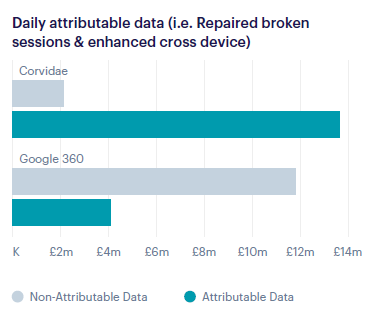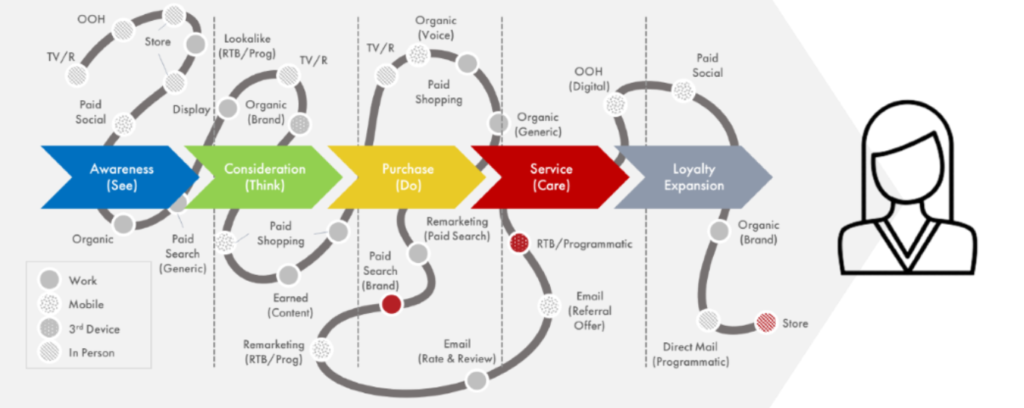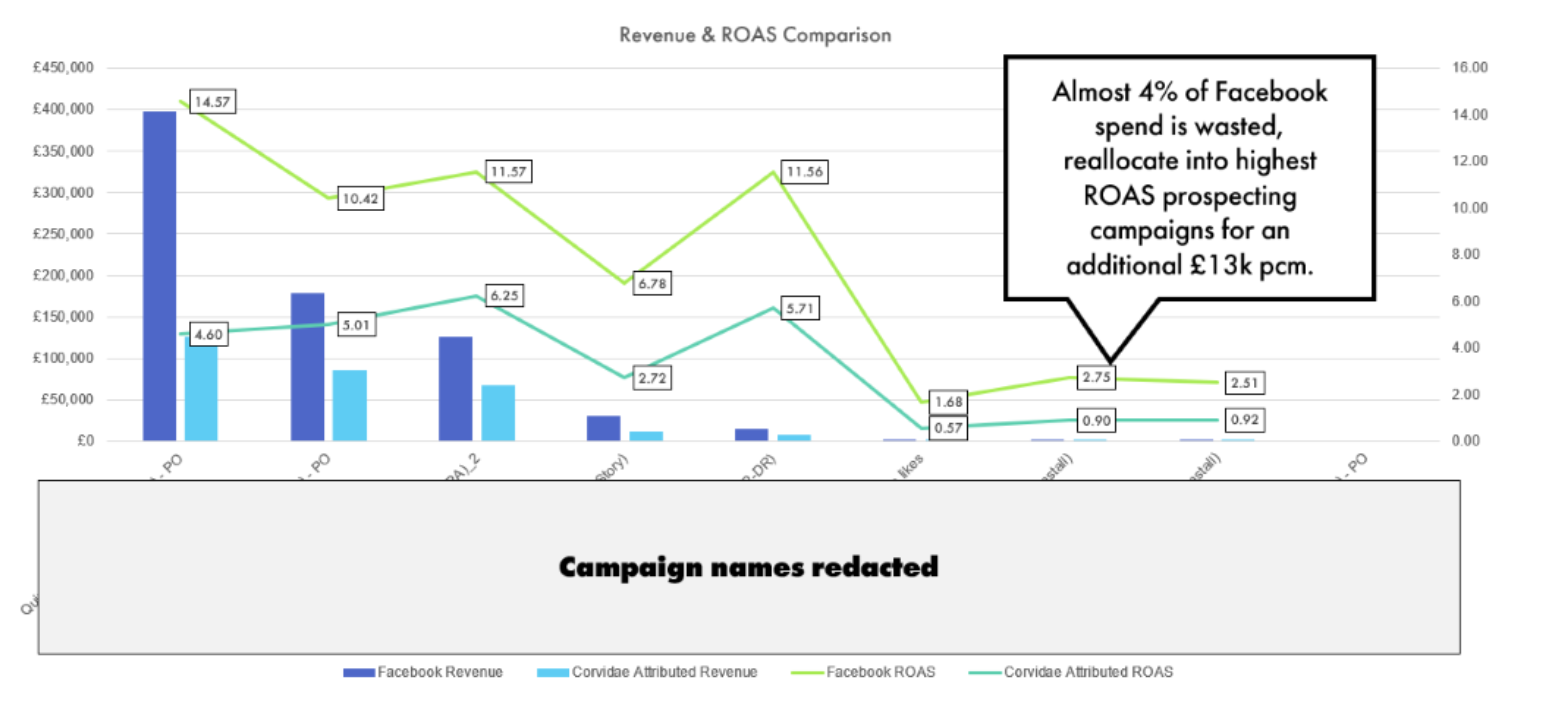5 Tips For Choosing the Right Travel Attribution Solution

As travel marketers are adapting to changes in the way that customers research, assess and purchase travel products and services they are adjusting audience targeting and also adopting new media and channels to reach customers – on what is an increasingly complex buying journey.
Effective attribution is essential for success in this new environment.
So how do you ensure that you select the right attribution tool to meet the needs of the travel sector? We believe there are 5 key areas of focus:
1. Ensure you can rebuild your underlying data
There is a tendency, when assessing attribution requirements, to immediately jump to an analysis of the respective merits of attribution models themselves.
However, the central flaw in this approach stems from the focus on the model itself and not the quality of the underlying data being fed into it.
At the heart of the issue are limitations in the types of attribution tools being used to gather data and perform marketing attribution on that data.
95% of all marketing attribution is performed using one of the industry standard tools – either Google Analytics (GA360) or Adobe Analytics.
The problem is that the data that these tools provide is up to 80% inaccurate for attribution purposes.
Why? They focus on providing information that is happening at the level of the individual browser. But, unfortunately, browsers are not buyers of holidays, hotel reservations and cruises. People are. And these tools are simply not capable of ‘stitching’ together browser sessions to provide an accurate picture of the individuals behind the browser.

The answer for travel marketers is to select an attribution solution that effectively rebuilds raw clickstream data from the ground up.
This is the approach that Corvidae takes. In this example we were able to take existing Google 360 client data and effectively rebuild it. And adjust the level of attributable spend from £4.1m to £13.6m in the process.
2. Select a solution that meets the needs of a changing travel market
A strong focus for travel marketers right now is to maximize marketing spend in a challenging market. While at the same time, addressing new target segments and position for the upturn in the market when it comes.
Key to all of this is continuing to have a presence and engagement in the marketplace – to reassure, inform and advise customers on travel destinations, restrictions and options – so that when the upturn happens, they are ready to take full advantage.
Travel brands need to have a presence and engagement in the marketplace – to reassure, inform and advise customers on travel destinations, restrictions and options – so they can reap the benefits when the upturn happens.
This process is increasingly taking part across a much wider range of media from travel advisory content on your blog to social media touches on established platforms like Facebook and Instagram.
Travel marketers are also increasingly working on emerging platforms like TikTok as they try to reach younger demographics and alternative segments; segments that are looking for information and personalised content on a much wider range of channels – simultaneously.
The attribution challenge associated with this is a marked step up from analysing Last Click data on a combination of PPC and display advertising to inform next month’s media spend.
Your chosen attribution solution must be capable of managing the complexity of these new media environments.
3. Make sure you can “see” individual travel journeys on and offline
As your customers embark on longer, more complex buying journeys, they will be continuously jumping on and off a range of devices from mobile phones to tablets and desktops while also being exposed to a range of offline media and brand related interactions.

The key thing is that every interaction along the way, no matter how seemingly insignificant, has value and impact. Your attribution solution must be able to clearly identify these individual journeys to effectively drive your ROI.
So, ensure that your attribution solution is capable of monitoring top of funnel content – that is becoming increasingly important in an environment where potential travelers are relying on you as much for travel related advice as your travel services themselves – and include it in your analysis.
This is only really possible if your attribution solution can leverage sophisticated modelling (such as Machine Learning and AI techniques that enable you to join together journeys that were previously unidentifiable) to create a 360-degree customer view that allows you to make informed data-driven marketing decisions.
4. Look for deep dive analysis capability that impacts ROI
Only by unravelling the complexity of touchpoints on individual customer journeys – and accurately attributing the correct level of impact to each – can you make the direct link between marketing spend and revenue.
You will need to do this with views up, down and across the customer journey at channel, campaign, creative and individual visit level.
And work at both strategic and tactical levels to improve your marketing programmes from the top down and bottom up, to drive ROI performance improvement across your marketing mix.
So, look closely at what sort of features and capability your attribution solution provides in this respect.
5. Harness the power of predictive analytics to automate and drive conversions
QueryClick’s research points to the fact that an incredible 61.5% of marketers admit that investment strategy changes they make based on current attribution insights generally fail to deliver the predicted results points to the fact that an incredible 61.5% of marketers admit that investment strategy changes they make based on current attribution insights generally fail to deliver the predicted results.
Our advice to travel marketers in this respect is, be aware of shiny dashboards that look great but don’t really meet your needs. The reality is that the vast majority of current attribution solutions provide a historical view – effectively a record of where you have been without consideration of where you might want to go next. And, as we have outlined earlier, it is highly likely that this historical view isn’t all that accurate anyway.
Which would probably explain the 61.5% research finding above.
What you really need is an attribution solution that enables you to use the full extent of data – collected from right across the customer journey – to improve the performance of your customer acquisition activity.
Be wary of shiny analytic dashboards that look great but don’t actually meet your needs or provide any actionable insights.
One that is also able to harness the power of Machine Learning and AI to accurately predict to the probablity of conversion and increase ROI by reducing the waste in your campaigns through better targeting, retargeting and significant improvements in CPA and revenue performance. And that can dramatically change the ROI on your campaigns for the better.

And the results are worth considering.
The example above is for a client who used Corvidae to effectively rebuild their existing data and identify that almost 4% of Facebook spend was being wasted. They were able to quickly pivot, and reallocate the spend into the highest performing campaigns to generate an additional £13k per month in revenues – using practical reporting data to impact the bottom line.
Talk to us about Corvidae
Corvidae is QueryClick’s SaaS marketing attribution platform and the only attribution solution which completely rebuilds your travel marketing data, reaching beyond Google 360 and Adobe Analytics.
It reveals up to 334% more data for attribution and can provide game changing accuracy and predictive performance for travel brands looking to analyse marketing activity across more complex media mixes, platforms and sophisticated customer journeys.




